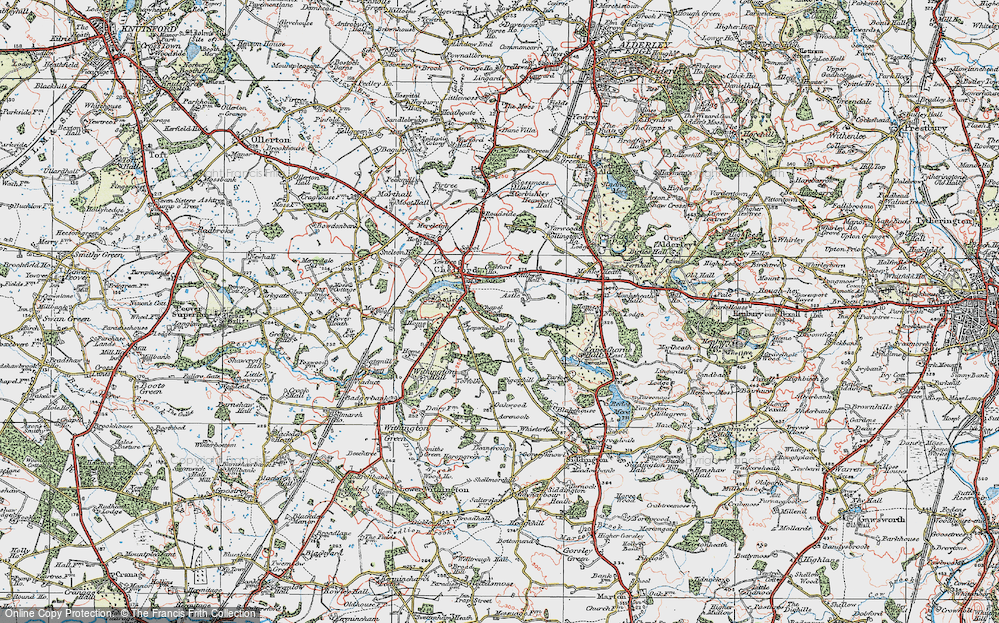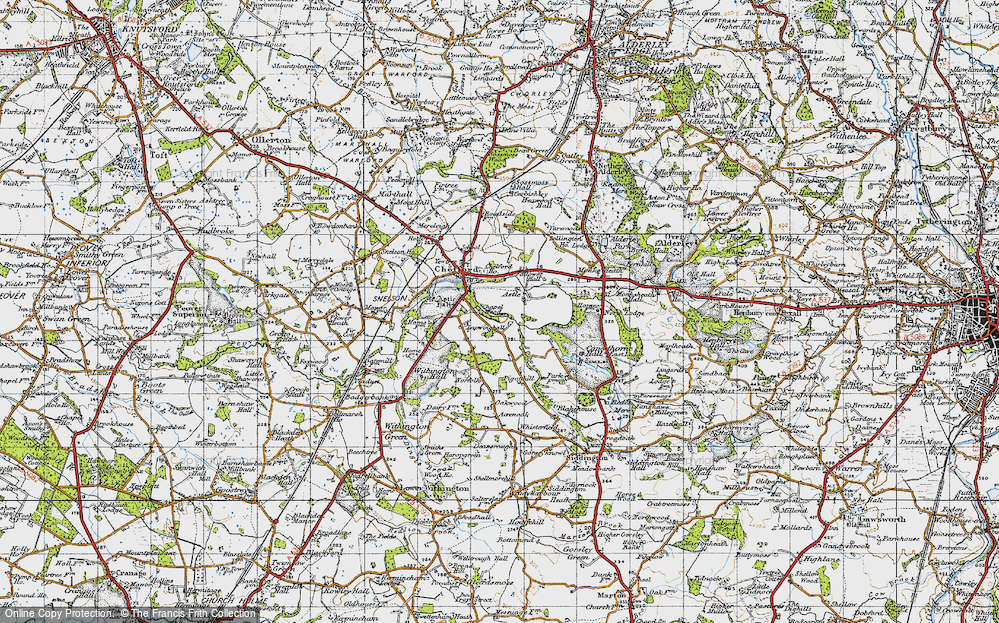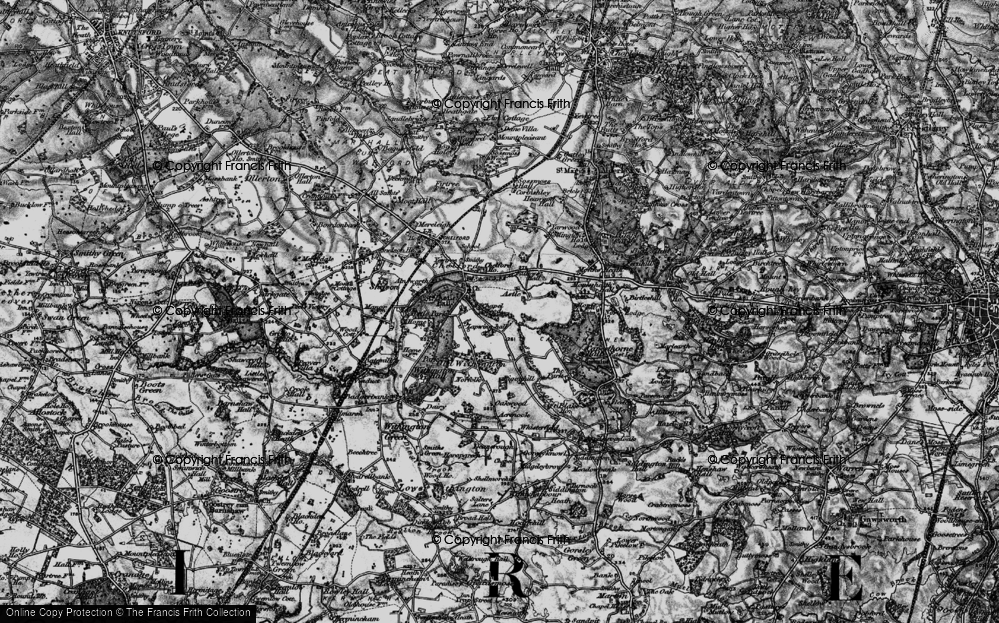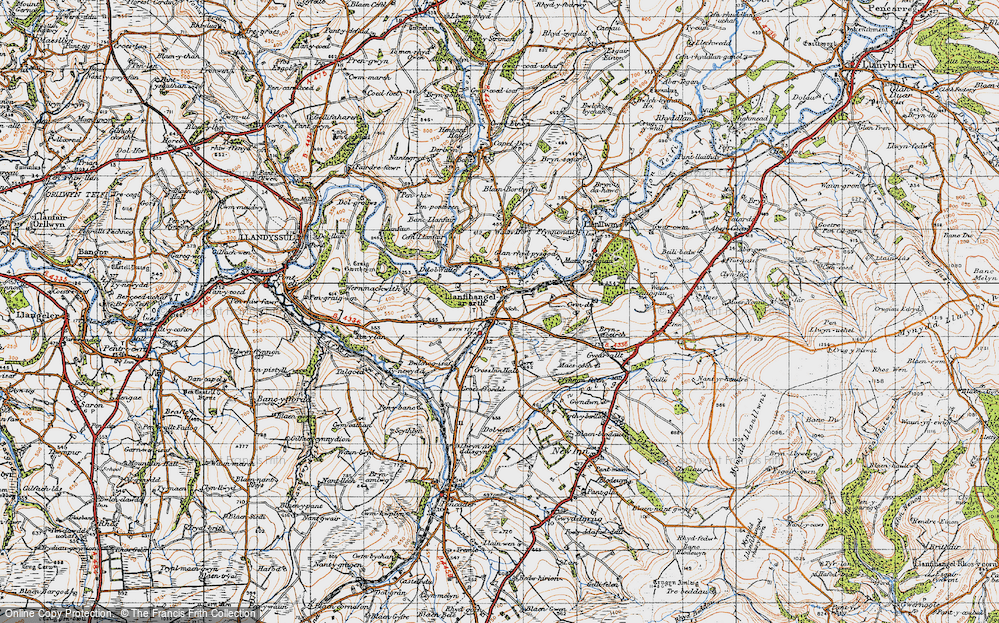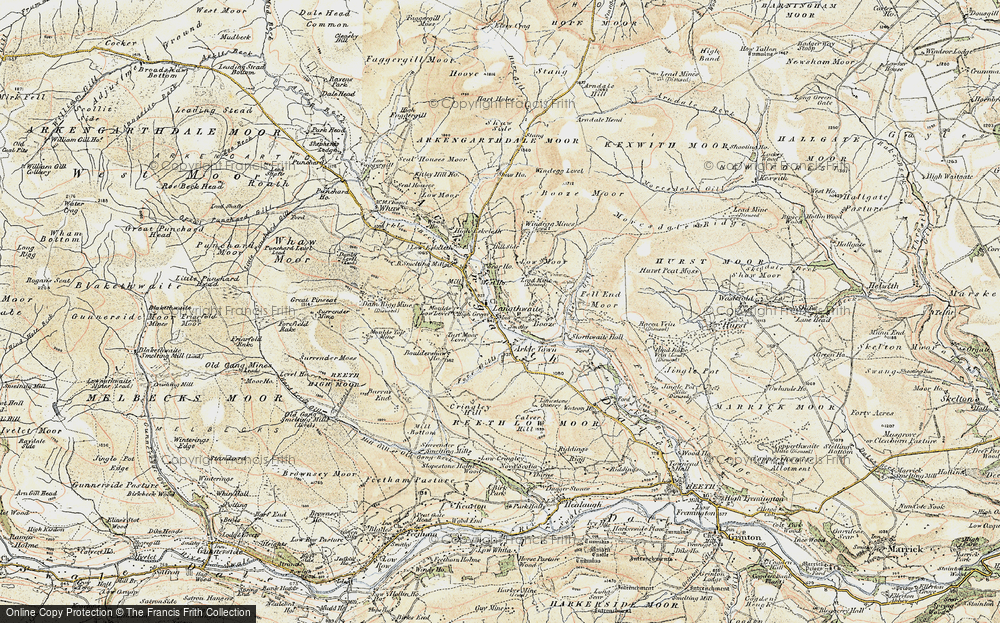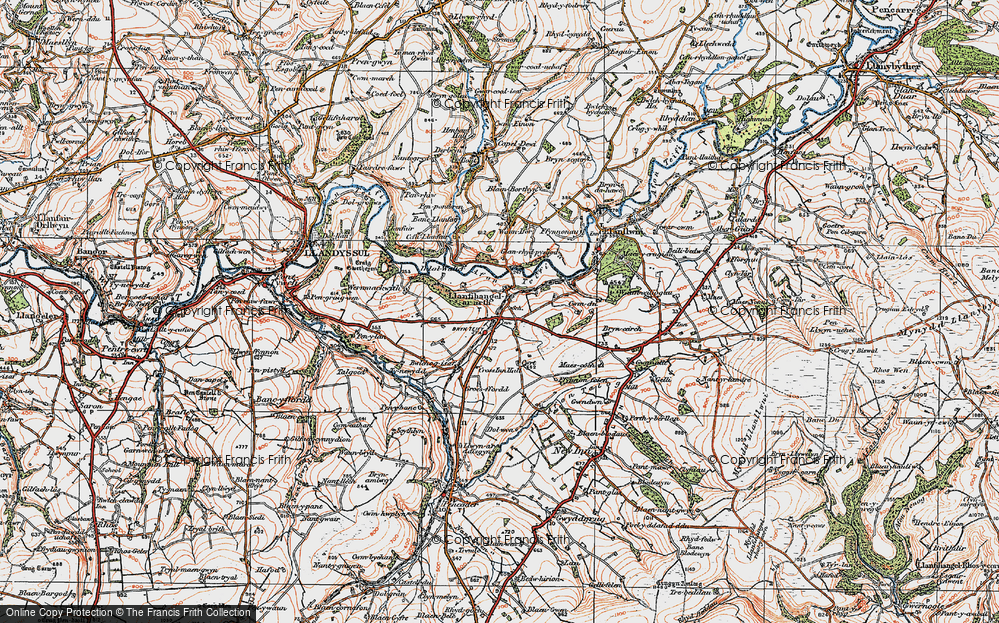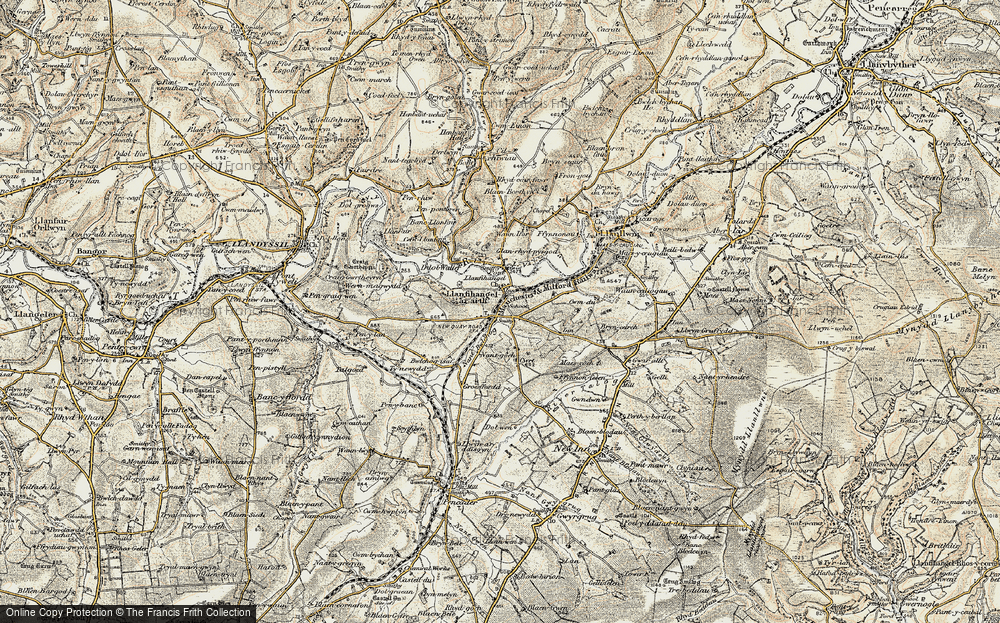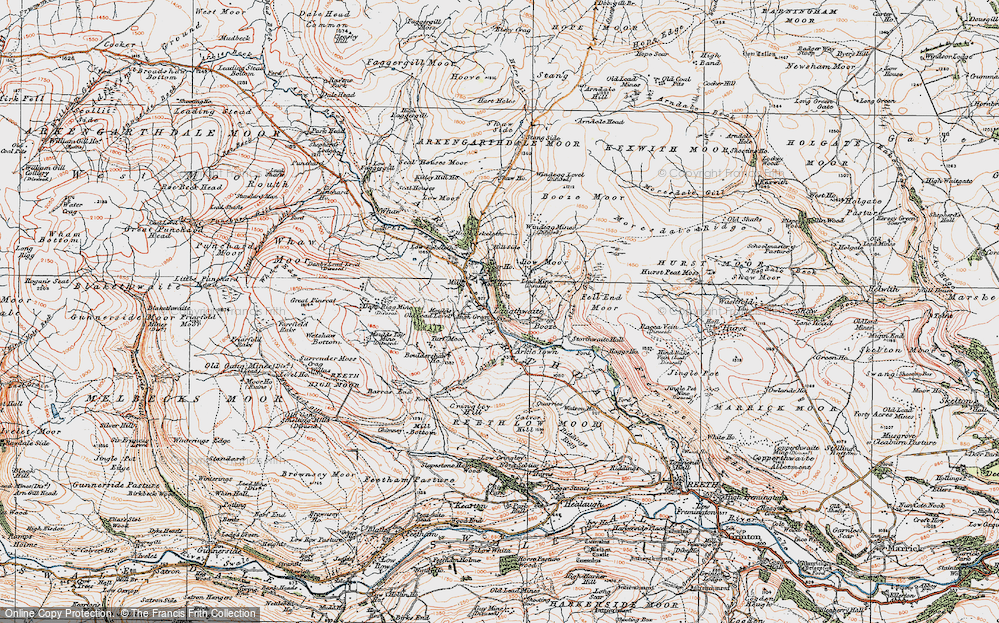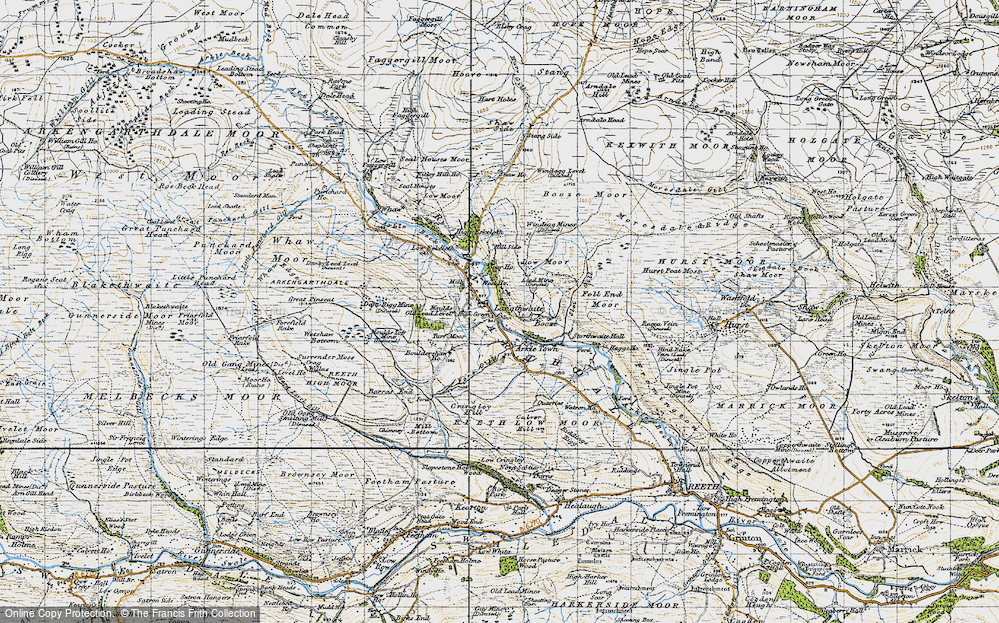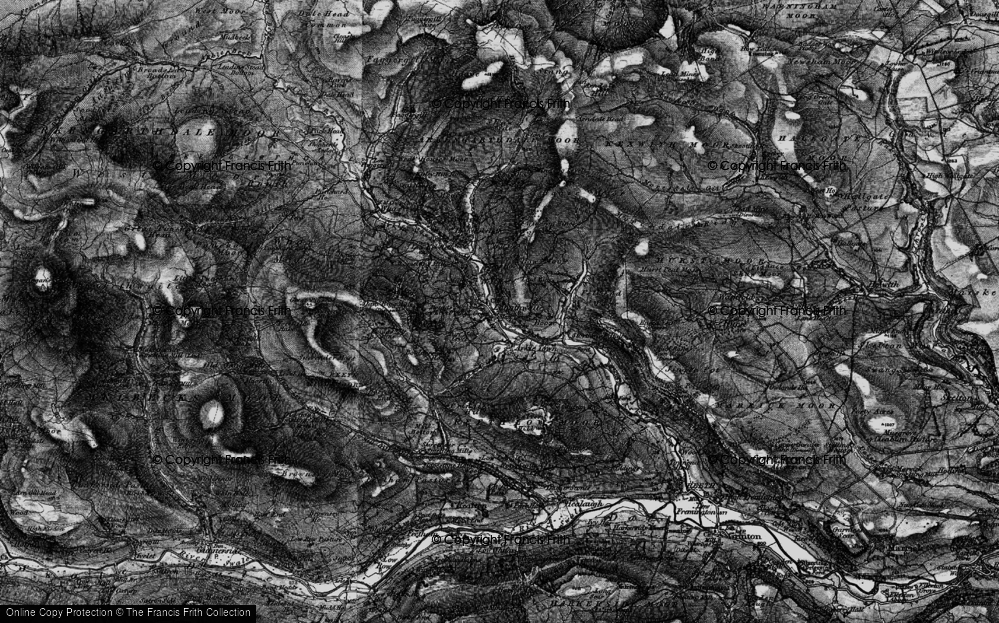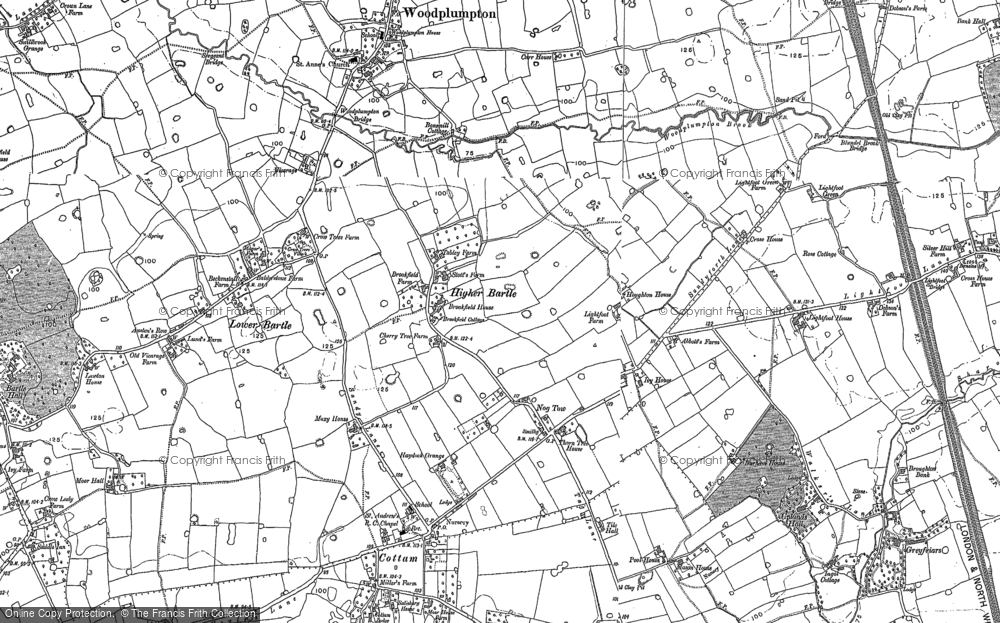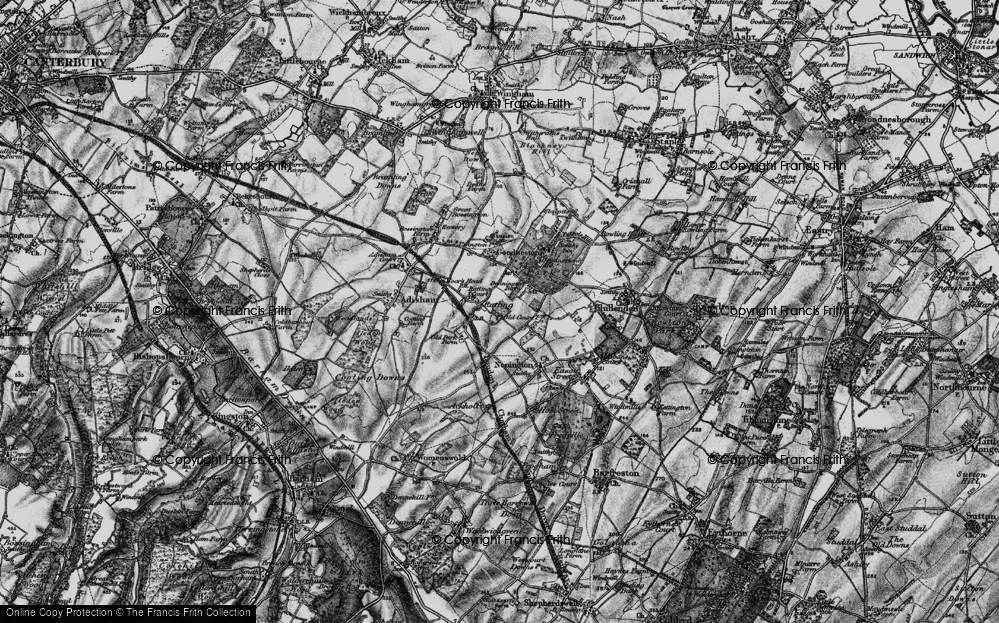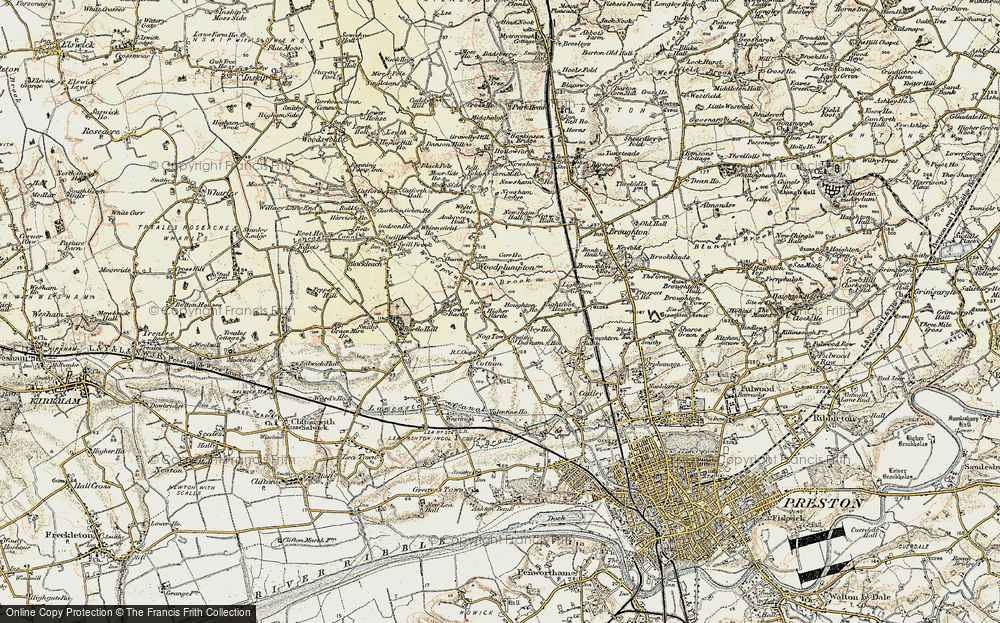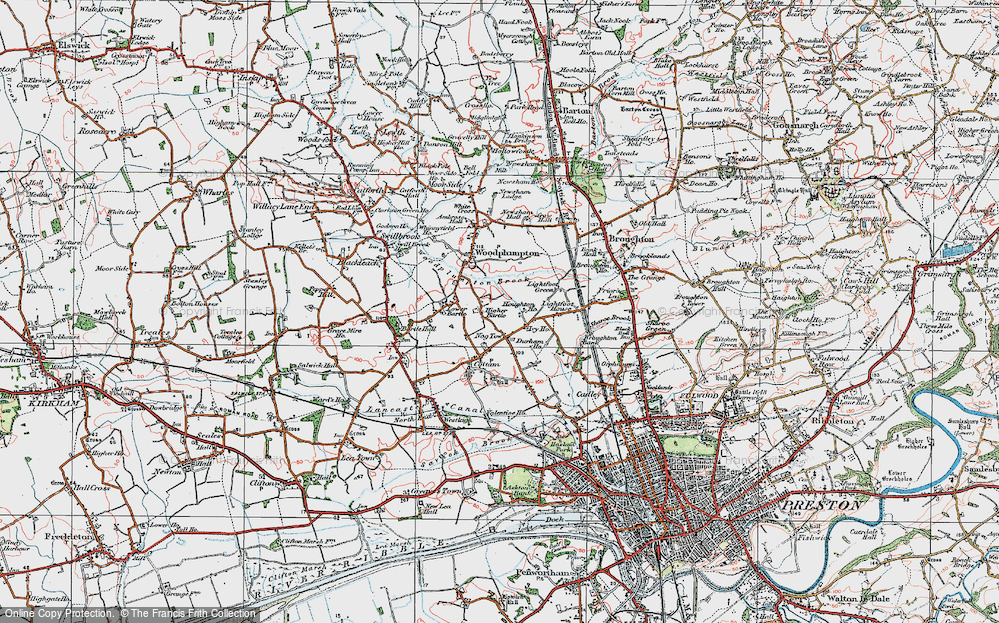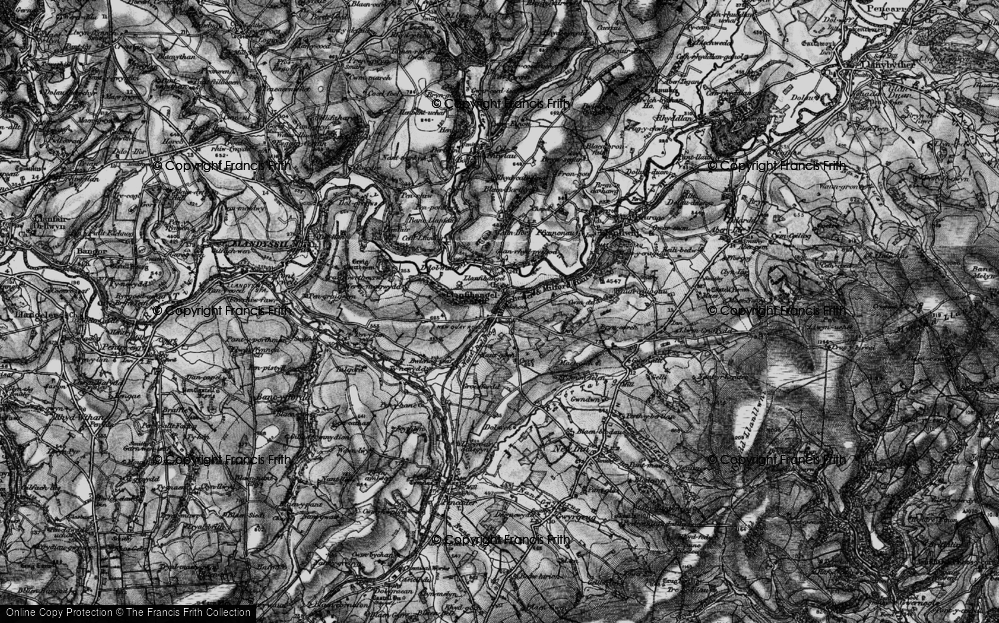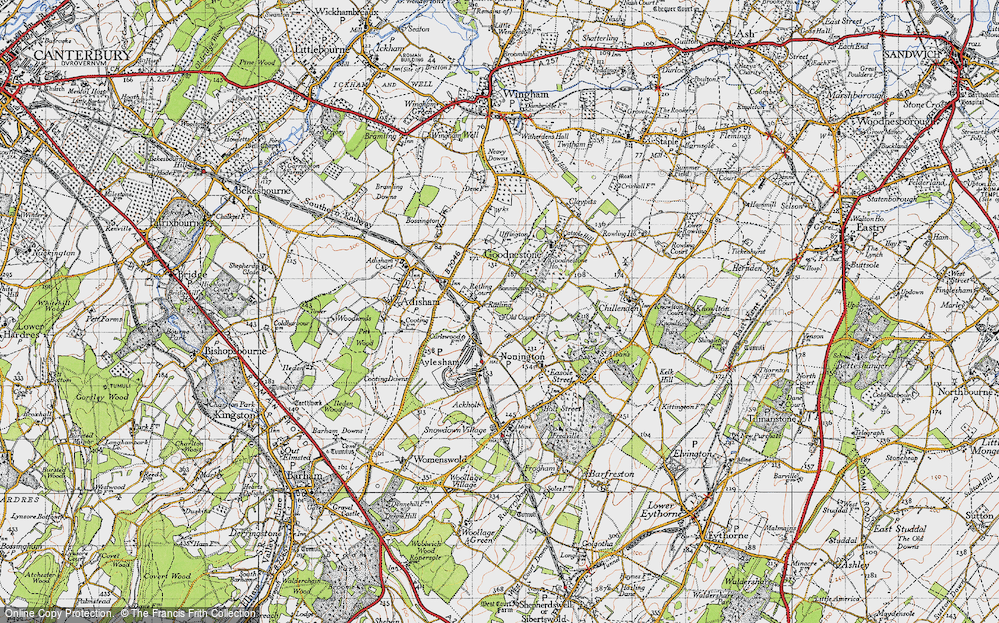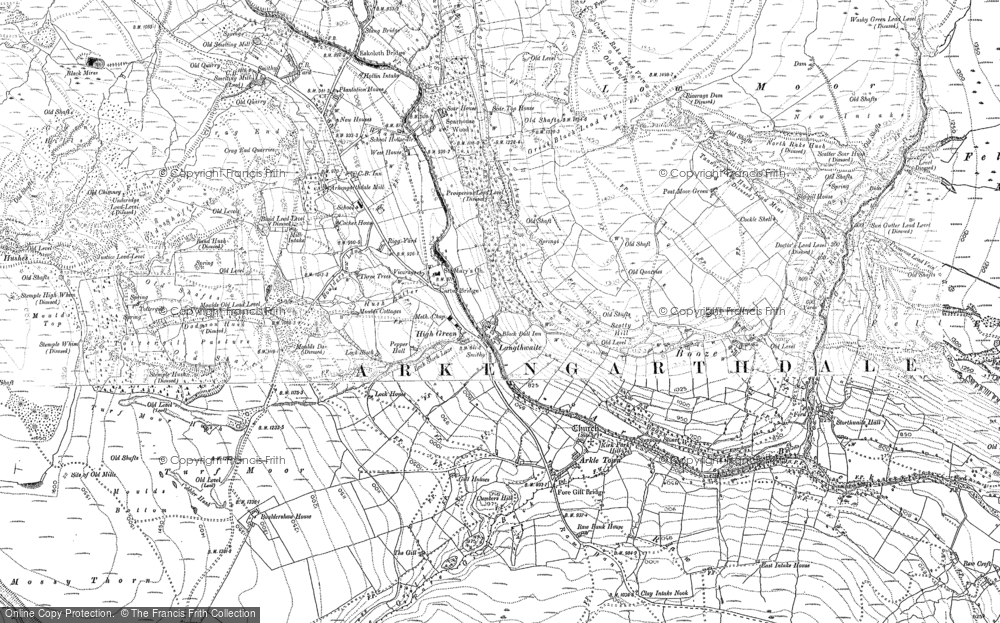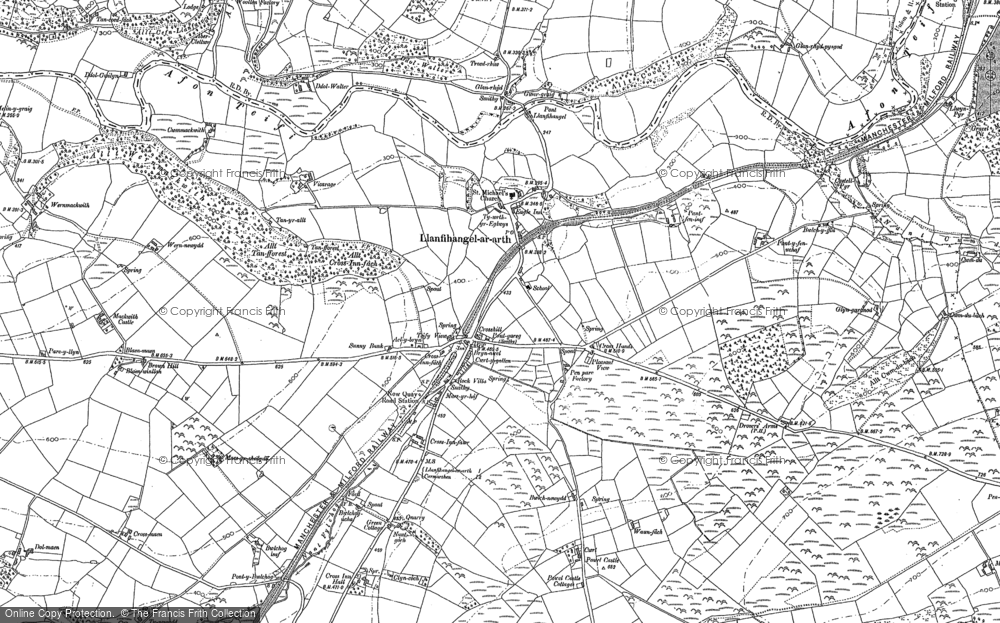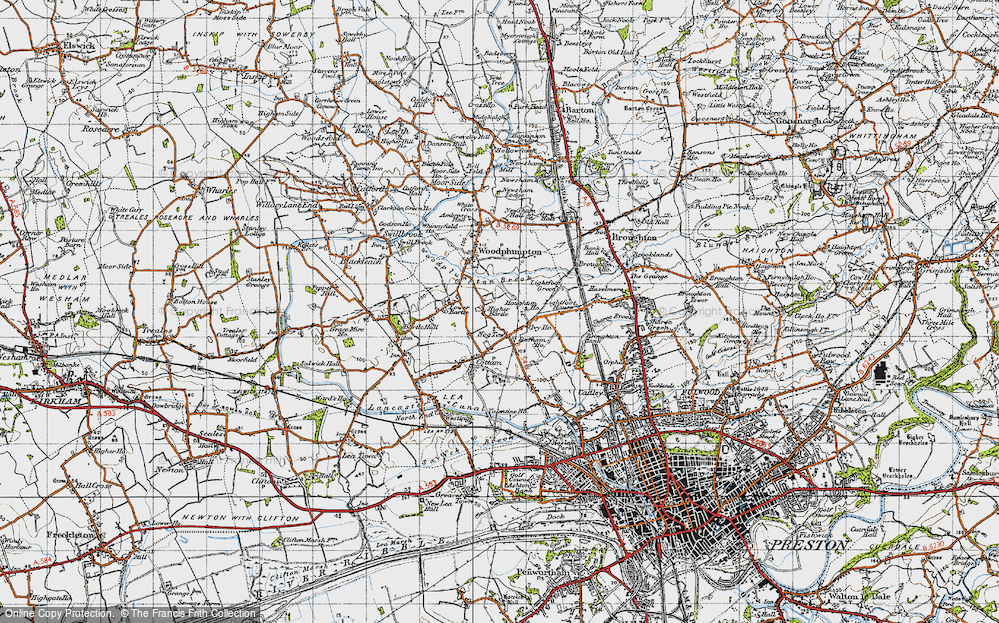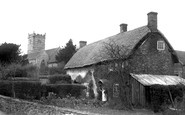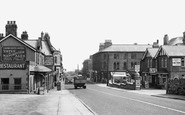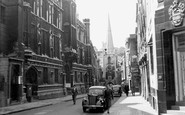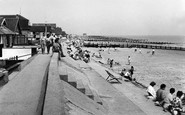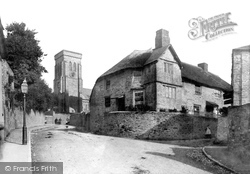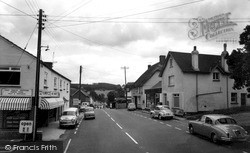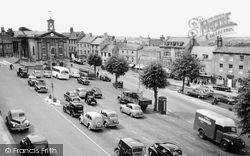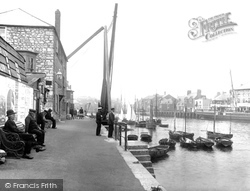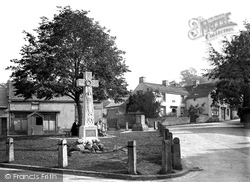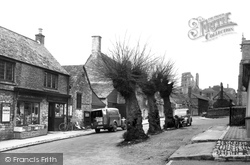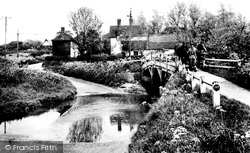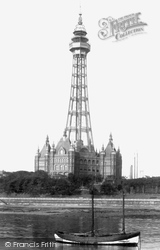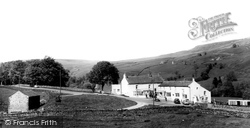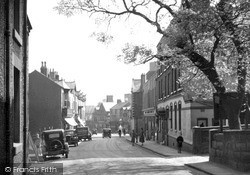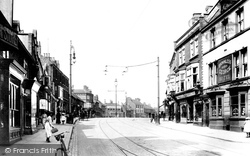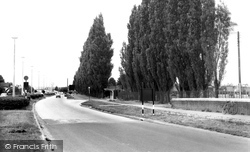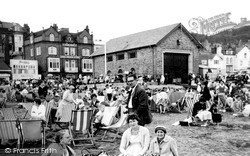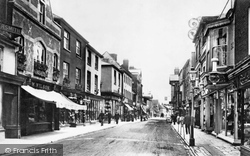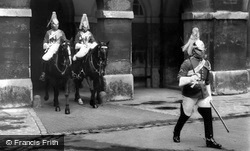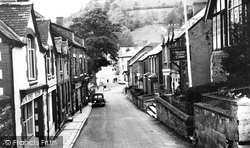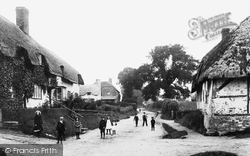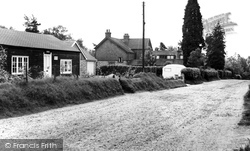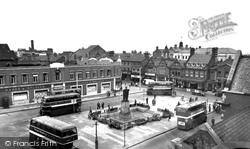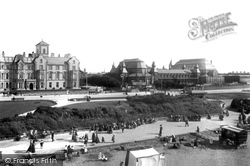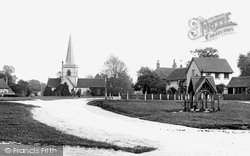Photos
Sorry, no photos were found that related to your search.
Maps
26 maps found.
Books
Sorry, no books were found that related to your search.
Memories
197 memories found. Showing results 1 to 10.
Coombes Of Church Farm
I believe my Great Grandparents Annie and Maurice (Frank) Coombes lived and farmed at Church Farm during the 1920s. My father Thomas (Aubrey) Coombes used to spend most of his school holidays there as a boy. This ...Read more
A memory of Sixpenny Handley in 1920 by
Too Short A Stay!
I lived in Kirby Hill for one year from 1965 to 66, I was a 13 year old boy. I absolutely loved my time there and have many happy memories. My Mother and Father bought the Shoulder of Mutton in 1965 taking ...Read more
A memory of Kirby Hill in 1965 by
Robert William Shaw Family My Greatgrandfather
My GreatGrandParents Were Robert William Shaw and Eleanor (Wilkinson) Shaw. He worked as a Roller Coverer at a Cotton Factory, I do not know what the name of the factory was. I know my Grandmothers name ...Read more
A memory of Sabden in 1880 by
Carnforth Lodge Lancaster Road
As a child in the 1960’s and 70’s I went several times with my family to visit Mrs Esther Pomfret (Auntie Ettie to us; she was a relation of my father's) at Carnforth Lodge, Lancaster Road. I don't think this is ...Read more
A memory of Carnforth by
Lightning Strikes
This is August 1953, I was 10. We were playing cricket on the clay field with some older lads, the stumps were iron and came from Spencers steel works which was nearby and stuff like this was easily got. Anyway I remember it was ...Read more
A memory of Newburn in 1953 by
Connemara
My grandmother (name of McDonagh, nee Faherty) lived in a place I believe is called 'Ryn' (not sure of the spelling) in Connemara. She had a beautiful cottage a short walk from the sea. I would like to be able to take my husband to ...Read more
A memory of Connemara in 1975 by
Netherley House Hinckley Road
Hi Can anyone help me? Was there a Netherley House in Hinckley Road in the late 1930s/early 1940s? I have a relative who was born there in November 1940 but I cant see any record of the place. Any help would be appreciated. Regards Tracey
A memory of Hinckley by
St John's Gate Broad Street
St John's Gate in Broad Street in Bristol is the only surviving medieval city gateway, at one one time there were seven gates into the old city. Fortified gateways pierced the town wall at intervals. St John's Gateway, ...Read more
A memory of Bristol by
Moston
My grandparents, Horald and Edith Hughes, lived in Moston Cottage, Booley. Also living in the cottage were 3 of their sons; John, Douglas and Tony. My father, Basil, was no longer living at home. John and Douglas worked on the ...Read more
A memory of Moston in 1957 by
Memories
We (me and older brother and sister), stayed in a relatives bungalow really close to the sea several years.. disjointed but strong memories :- - pebble dashed walls - those garden walls made of preformed concrete blocks with patterned ...Read more
A memory of Jaywick
Captions
67 captions found. Showing results 1 to 24.
It was formed by the Arkle Beck, which rises high on Sleightholme Moor and passes through some lovely hamlets such as Arkle Town, Whaw and Langthwaite, where The Red Lion (centre) is a welcome hostelry
While Salcombe is an old settlement - its name derives from Saltercombe, a reference to the saltings that are recorded in the Domesday Book - Holy Trinity Church is a relatively recent addition, dating
In the middle distance is the Exeter Inn, and to the left is P J White's grocer's shop and mini- market - supermarkets were a relatively new concept in the 1960s.
A stone pillar remains as a relic of the old hall.
A number of troopships set out from here in June 1944 to play a role in the D-Day landings.
Castleton's war memorial cross in the Market Place was still a relatively new feature when this photograph was taken.
Inside the main window a displayed poster warns 'Don't Help the Enemy, Careless Talk Costs Lives' - no doubt a relic from the Second World War.
Here we see a vanished scene.Two draught horses are led over the old bridge by the ford on the river Chelmer.The photographer appears to have left his car parked up the road on the left and walked
The whole complex was a focal point of entertainment, with a theatre, ballrooms, a roller-rink, snooker rooms, a skating rink, a menagerie, various refreshment stalls, an aviary, a monkey house and a lake
Further up the Arkle Beck is the pub-less hamlet which glories in the entirely-inappropriate name of Booze.
Here we see a relatively quiet harbour for the time - the fleet numbered around 200, and the crews 1600.
But this port, too, soon suffered from silting, so that todayNeston is once again a relatively quiet town.
The tramway had a relatively short life-span - it was closed in 1926.
South of the bypass are late 19th- and 20th-century housing and a large industrial area leading down to Eling creek. Nearby is the brick church of St Winifred, built in 1937.
A relative of the author once divulged that is should have been called 'The Gossip House' for obvious reasons.
Launching from here is a relatively simple matter. When it was across the road, horses had to drag the boat out to meet the tide.
The medieval grid pattern remains, but here the shops and houses are late Georgian and Victorian. To the left, Wilson's façade is a fine example of Victorian decorative brick work.
Two troopers are led out of the stables ready for a turn at guard duty in the sentry boxes facing the main street. The equivalent block on the south side was built for the foot guards.
Glyn Ceiriog remained a relatively unspoilt place, even after the Prime Minister's recommendation.
With the camera a relatively unknown instrument in those days, the photographer invariably attracted a gaggle of village children as he went to work.
This is a relatively modern development, while a mile and half away is the older village of Headley. There are still plenty of trees here.
The statue in the centre of the Square is the town's war memorial – Crewe was a new industrial town with a relatively youthful population, so that many of the town's men were called up to serve in both
The concert pavilion was later used as a theatre and cinema and survived into the early 1960s; the conservatory was relegated to a roller-skating rink before being demolished in 1933.
The old water pump, seen to the right with its ornate shelter, is a reminder that mains water, something we now take for granted, is a relatively modern luxury.
Places (0)
Photos (0)
Memories (197)
Books (0)
Maps (26)


